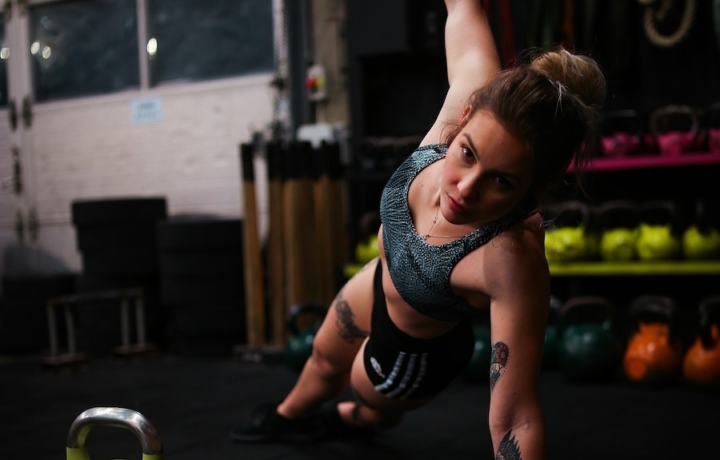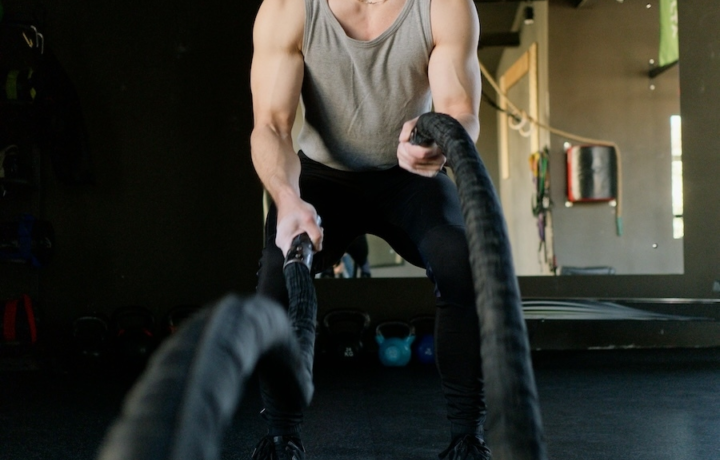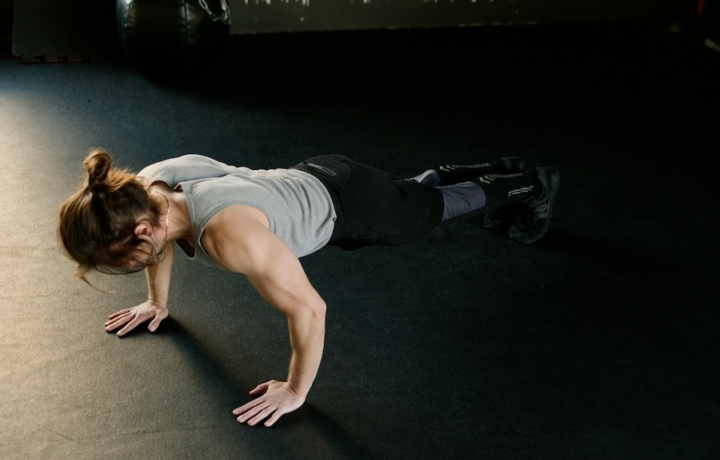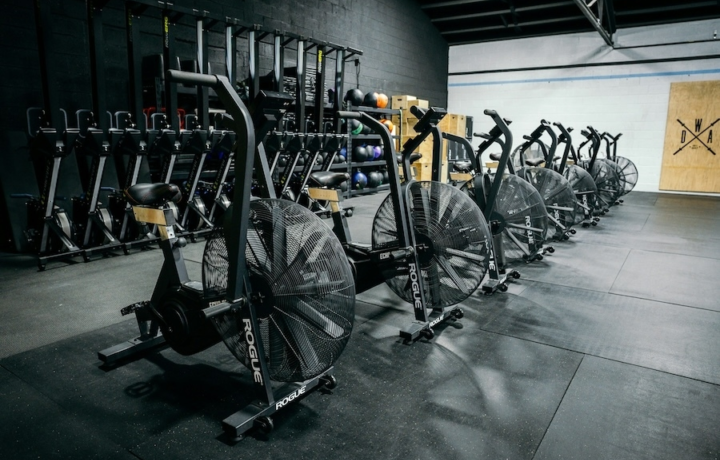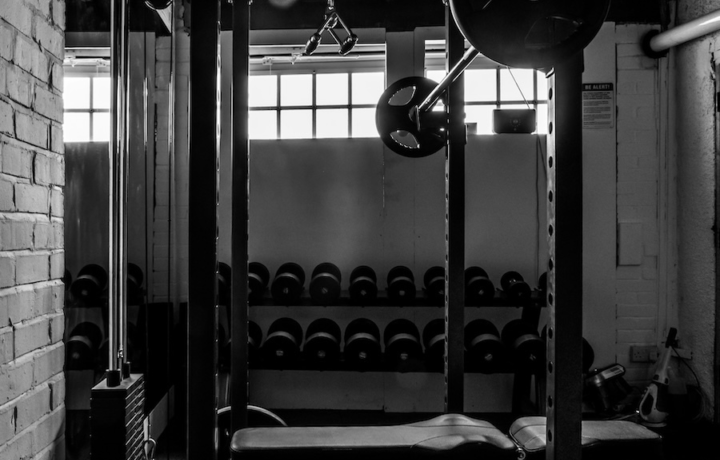Train longer, recover faster and go the distance
Endurance
Endurance is about sustaining effort: whether you're running, cycling, rowing, or grinding through long workouts. It’s a mix of cardiovascular capacity, muscular efficiency, and mental grit. This section unpacks the core terms, training concepts, and performance metrics behind endurance: so you can improve stamina, pace, and overall conditioning with purpose.
FAQ (6)
Generally, yes. Hyrox’s repeated 1 km runs paired with functional movements favor those with a strong aerobic base. Runners often transition well and enjoy the structure, but will need to build strength for movements like sled pushes and wall balls.
Cardio endurance is your heart and lungs’ ability to supply oxygen to your body over time — critical for sustained aerobic efforts like running or swimming. Muscular endurance, on the other hand, is your muscles' ability to perform repeated contractions without fatigue. While related, they target different systems. A complete endurance routine should address both for balanced performance.
No — many effective endurance workouts require no equipment at all. Bodyweight movements like mountain climbers, jump squats, push-ups, or burpees offer full-body challenges. If you want to add progression, tools like resistance bands, light dumbbells, or kettlebells introduce variety and intensity without needing a gym. The best results come from consistency, not complexity.
Most people benefit from 2–4 endurance-focused sessions per week. The optimal frequency depends on your current fitness level, training goals, and recovery capacity. Beginners should start with two sessions, while advanced users can handle more volume if intensity and rest are balanced. Recovery plays a critical role in endurance gains, so it’s important to listen to your body and cycle intensity over time.
Yes, improving endurance isn’t limited to traditional cardio. You can build muscular endurance through high-rep strength training, timed circuits, and formats like EMOMs or AMRAPs. These methods condition your muscles to resist fatigue while still taxing your heart and lungs. When designed properly, strength-based endurance training can be just as effective — and often more engaging — than long steady-state cardio sessions.
The most effective endurance exercises include bodyweight circuits, kettlebell swings, cycling, rowing, and resistance training with high reps. These target both cardiovascular capacity and muscular stamina. The key is consistency and progressive overload — gradually increasing volume or intensity over time.
Definitions
A combination of heart strength, lung function, and blood flow efficiency that allows you to perform whole-body movements for extended time. It supports all endurance activities and improves recovery across other training domains (like strength and HIIT).
Sustained effort at a moderate intensity (usually 60–75% of your max heart rate) for longer periods. It builds aerobic base, mental focus, and fat metabolism. Think 45–60 min runs or bike rides at a conversational pace.
The point at which lactic acid builds up in the blood faster than your body can clear it, leading to fatigue. Training just below or at this threshold improves your ability to sustain a faster pace for longer. Tempo runs, intervals, and threshold workouts target this zone.
A measurement of the maximum amount of oxygen your body can use during intense activity. It’s one of the best indicators of aerobic fitness. Higher VO₂ max = better endurance. You can increase it through consistent cardio training and interval work.
The ability of your heart, lungs, and blood vessels to deliver oxygen to working muscles over time. Aerobic capacity is the foundation of endurance — it supports steady effort during long runs, rides, and sessions. Training it improves your VO₂ max and overall energy efficiency.
The degree to which a joint can move freely in a specific direction. Limited ROM can affect performance and increase injury risk. Stretching and mobility work help expand and maintain healthy ROM in areas like hips, shoulders, and ankles.











